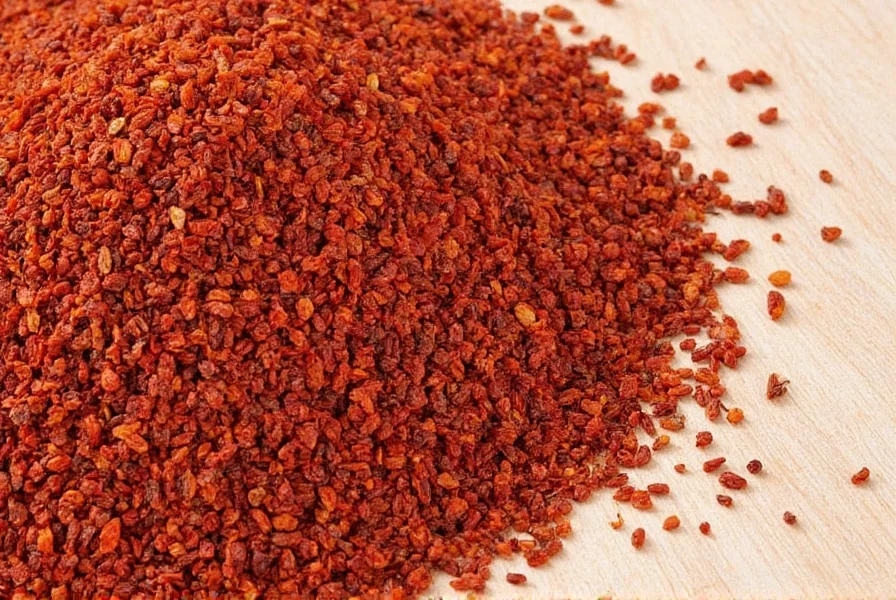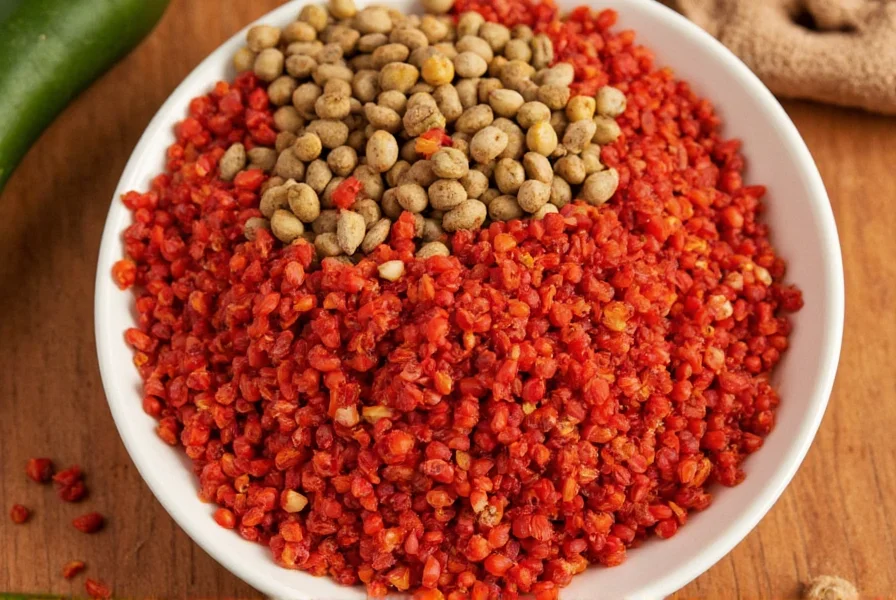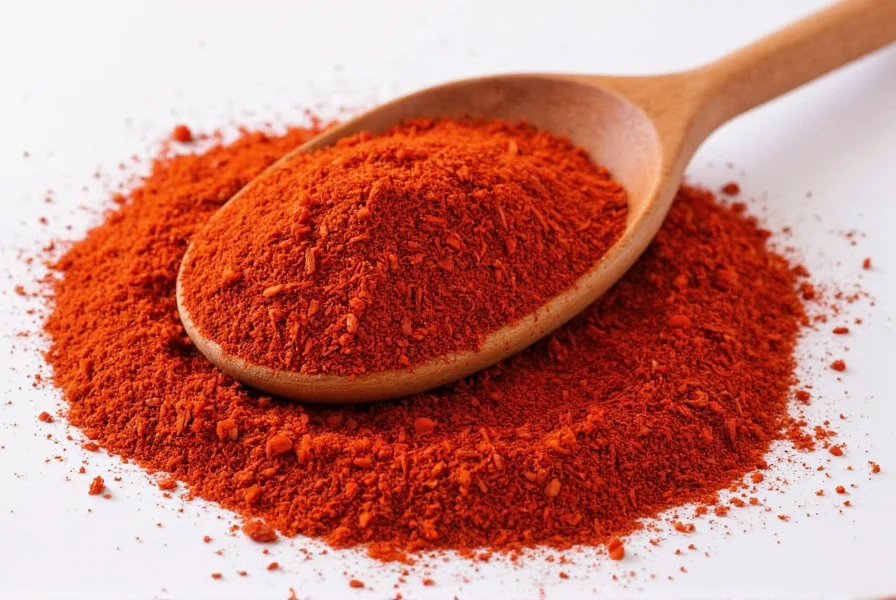When you sprinkle crushed red pepper on pizza or pasta, you're using a spice with ancient roots and a fascinating global journey. Contrary to what some might assume, crushed red pepper isn't a single specific pepper variety but rather a preparation made from several types of dried hot chili peppers. The most common source is the cayenne pepper, though other varieties like serrano, jalapeño, and even Thai chilies sometimes contribute to the blend.
The Historical Origins of Crushed Red Pepper
Chili peppers originated in the Americas, with archaeological evidence showing domestication in Mexico and Central America as early as 6000 BCE. Indigenous peoples used various forms of dried and crushed peppers long before European contact. When Christopher Columbus arrived in the Caribbean in 1492, he encountered these fiery peppers and mistakenly called them "peppers" due to their pungency resembling black pepper (Piper nigrum), which was highly valued in Europe.
The global spread of chili peppers began in earnest during the Columbian Exchange. Portuguese and Spanish traders carried seeds to Europe, Africa, and Asia. By the 16th century, chili peppers had reached India, China, and Africa, where they quickly integrated into local cuisines. The specific practice of drying and crushing peppers for preservation and concentrated flavor developed independently in multiple regions where fresh peppers weren't available year-round.
What Peppers Are Used for Crushed Red Pepper
While "crushed red pepper" might suggest a single source, it's actually a blend of several dried chili varieties. Understanding what peppers are used for crushed red pepper reveals regional differences:
| Pepper Variety | Heat Level (SHU) | Flavor Profile | Common Regions of Use |
|---|---|---|---|
| Cayenne | 30,000-50,000 | Sharp, bright heat | Global standard |
| Serrano | 10,000-23,000 | Grassy, fresh heat | Mexico, US Southwest |
| Red Fresno | 2,500-10,000 | Fruity, moderate heat | California, Italy |
| Maras | 1,500-3,000 | Smoky, complex | Turkey, Middle East |
The cayenne pepper remains the dominant variety in commercial crushed red pepper production due to its consistent heat level and vibrant red color. In Italy, where crushed red pepper became integral to pizza and pasta dishes, a blend often called "peperoncino" typically includes local varieties like the diavolicchio or calabrian peppers.
How Crushed Red Pepper Is Made
The production process for crushed red pepper follows traditional methods with modern efficiency. Understanding how crushed red pepper is made reveals why quality varies between brands:
- Harvesting: Peppers are picked at peak ripeness when red color and capsaicin levels are highest
- Drying: Traditionally sun-dried, though commercial producers often use dehydrators for consistency
- Processing: Stems and seeds may be removed (though many artisanal varieties retain seeds for extra heat)
- Crushing: Dried peppers are crushed to specific particle sizes - true "crushed" pepper has varied textures
- Sorting: Quality control removes impurities and ensures consistent color
- Packaging: Stored in airtight containers to preserve flavor and potency
The difference between crushed red pepper and red pepper flakes lies primarily in texture. Crushed red pepper typically has a more varied particle size with both fine powder and larger flakes, while "red pepper flakes" often refers to a more uniformly flaked product. This distinction matters for cooking, as the varied texture in crushed red pepper provides both immediate heat and longer-lasting flavor infusion.
Regional Variations in Crushed Red Pepper Production
While the origin of crushed red pepper traces back to the Americas, different regions have developed distinctive styles:
- Italian Crushed Red Pepper: Often includes a blend of regional peppers with a focus on flavor complexity over pure heat. Calabrian crushed pepper is particularly prized.
- American Commercial Production: Primarily uses cayenne peppers grown in California, New Mexico, and Texas, with standardized heat levels.
- Turkish Maras Biber: Made from isot pepper, this variety is moderately hot with a distinctive smoky flavor from sun-drying on rooftops.
- Asian Variations: In Thailand and China, crushed red pepper often includes specific regional varieties like bird's eye chilies.

Common Misconceptions About Crushed Red Pepper
Several myths persist about the origin of crushed red pepper in cooking. One common misconception is that crushed red pepper comes from a specific "crushed red pepper" plant. In reality, it's always made from existing chili pepper varieties that have been dried and processed.
Another frequent confusion involves the difference between crushed red pepper and paprika. While both are made from dried peppers, paprika typically uses milder sweet peppers (like bell peppers) and is ground to a fine powder, whereas crushed red pepper uses hot varieties and maintains a coarser texture.
Some people also wonder if crushed red pepper is the same as cayenne pepper. While cayenne is the most common base, crushed red pepper can contain multiple pepper varieties, whereas cayenne pepper specifically refers to ground dried cayenne peppers.
Using Crushed Red Pepper in Cooking
The versatility of crushed red pepper explains its global popularity. Unlike pre-ground spices that lose potency quickly, the varied particle size in quality crushed red pepper provides both immediate heat from the fine particles and gradual flavor release from larger flakes.
Chefs appreciate crushed red pepper for several reasons:
- It adds visual appeal with its vibrant red color
- The texture provides both instant and sustained heat
- It's more forgiving than liquid hot sauces for precise heat control
- It maintains quality longer than fresh peppers

When shopping for crushed red pepper, look for products with a deep red color (indicating proper ripeness before drying) and a fresh, slightly fruity aroma. Avoid containers with excessive fine powder at the bottom, which suggests age and loss of volatile compounds that contribute to flavor.
FAQ Section
Is crushed red pepper the same as cayenne pepper?
Crushed red pepper is often made primarily from cayenne peppers, but it's not identical to pure cayenne pepper. Crushed red pepper typically contains a blend of dried hot chili varieties, while cayenne pepper specifically refers to ground dried cayenne peppers. Commercial crushed red pepper usually has a milder heat level (30,000-50,000 SHU) compared to pure cayenne powder.
What's the difference between crushed red pepper and red pepper flakes?
The terms are often used interchangeably, but there are subtle differences. Crushed red pepper typically has a more varied particle size with both fine powder and larger flakes, providing both immediate and sustained heat. Red pepper flakes usually refer to a more uniformly flaked product with less fine powder. The difference affects how the heat disperses in cooking.
Can I make my own crushed red pepper at home?
Yes, making homemade crushed red pepper is straightforward. Select ripe red chili peppers (cayenne works well), wash and dry them thoroughly, then string them up in a warm, dry, well-ventilated area for 2-3 weeks until completely dry. Once brittle, remove stems and crush by hand or with a mortar and pestle to your preferred texture. Store in an airtight container away from light.
Why does crushed red pepper vary in heat level between brands?
Heat variation comes from several factors: the specific pepper varieties used, growing conditions that affect capsaicin levels, whether seeds and membranes are included (they contain most heat), and the ratio of different pepper types in blends. Commercial producers sometimes mix milder peppers to create consistent heat levels, while artisanal brands may emphasize regional characteristics that naturally vary by season.
How should I store crushed red pepper to maintain freshness?
Store crushed red pepper in an airtight container away from heat, light, and moisture. A dark cupboard is better than clear containers on the counter. Properly stored, it maintains peak flavor for 6-12 months. You'll know it's losing potency when the vibrant red color fades to brick red and the aroma becomes less pronounced. Freezing can extend shelf life but may introduce moisture when removed from freezer.











 浙公网安备
33010002000092号
浙公网安备
33010002000092号 浙B2-20120091-4
浙B2-20120091-4